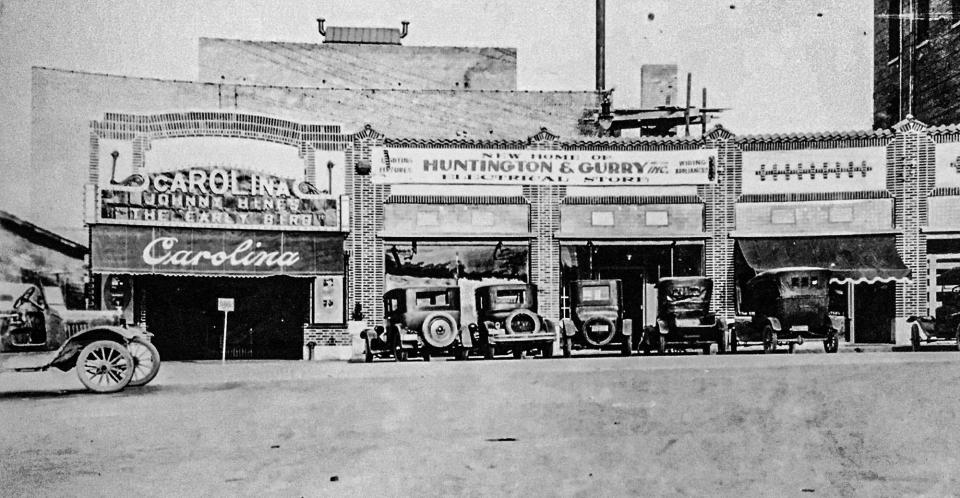From the archives: What was Greenville like from 1874 to 1924? Greenville News at 150 years
For 150 years, The Greenville News has reported the stories of our community and the people who give life to the Upstate. Here is a brief overview of our history through each half-decade, telling Greenville's story from 1874 through 1924.
The Greenville News officially began coverage in 1874, when the railroads, cotton, and textile mill boom shaped the area into the "New South" after the Civil War concluded and Reconstruction began in the Southern region of the United States.
These changes gave rise to new communities in the Upstate, such as Greer, which was incorporated in 1875, and the growth of thriving families due to mill villages and manufacturing work in the area.
By 1883, the Piedmont area flourished as the "manufacturing capital of the world" as a town with a population of nearly 1,150. Camperdown Mill, Huguenot Cotton Mill, and Vardy Mill helped define the area. In the late 1800s, Greenville had seven textile mills, and Spartanburg had eight within its region, according to "Greenville: The History of the City and County in the South Carolina Piedmont," by Archie Vernon Huff Jr.
City leaders such as W. G. Sirrine helped guide Greenville's textile industry well into the mid-1950s, continuing on the foundation set forth by Vandry McBee a century earlier.

Higher education in Greenville was somewhat progressive for this period. Chicora College, a religious women's institution, opened in 1893, and "Lady Principal" Mary Judson had begun her pathway of trailblazing for female educators at Furman University through the early 1910s.
Around this time, on May 28, 1913, a building designed by architect J.E. Sirrine Co. broke ground and replaced a small fruit store, turning the electric supply office into the future home of The Greenville News. The building sat on the corner of Main and Broad Street (near where Paloma and the AC Hotel currently stand) and was initially occupied by the Peace Printing Office. By 1914, the all-brick, fireproof building had the entire newsroom staff on the secondary floors above the printing office.
The Greenville News' beginning years saw Baptist, Methodist, and Presbyterian congregations founded and developed around 1887 throughout Greenville County and beyond. Because of these progressions, by 1900, the county's population grew to more than 11,000 people from just over 1,000 in the early 1860s.
At the end of the first half-century of coverage from The Greenville News, the development of downtown Greenville had begun with the building of the Greenville County Courthouse in 1918. Shortly thereafter, Greenville City Park opened in 1922.
In 1924, entertainment and hospitality began to take precedence as the Carolina Theatre and the downtown Westin Hotel began construction. The birth of entertainment, music, and sports legends Clayton "Peg Leg" Bates, guitarist Josh White, and Shoeless Joe Jackson came during the first 50 years of coverage by The Greenville News.
– A.J. Jackson covers the food & dining scene, along with arts, entertainment and downtown culture for The Greenville News. Contact him by email at ajackson@gannett.com, and follow him on X (formally Twitter) @ajhappened. This coverage is only possible with support from our readers. Sign up today for a digital subscription.
This article originally appeared on Greenville News: From the archives: What shaped Greenville from 1874 to 1924? See photos

